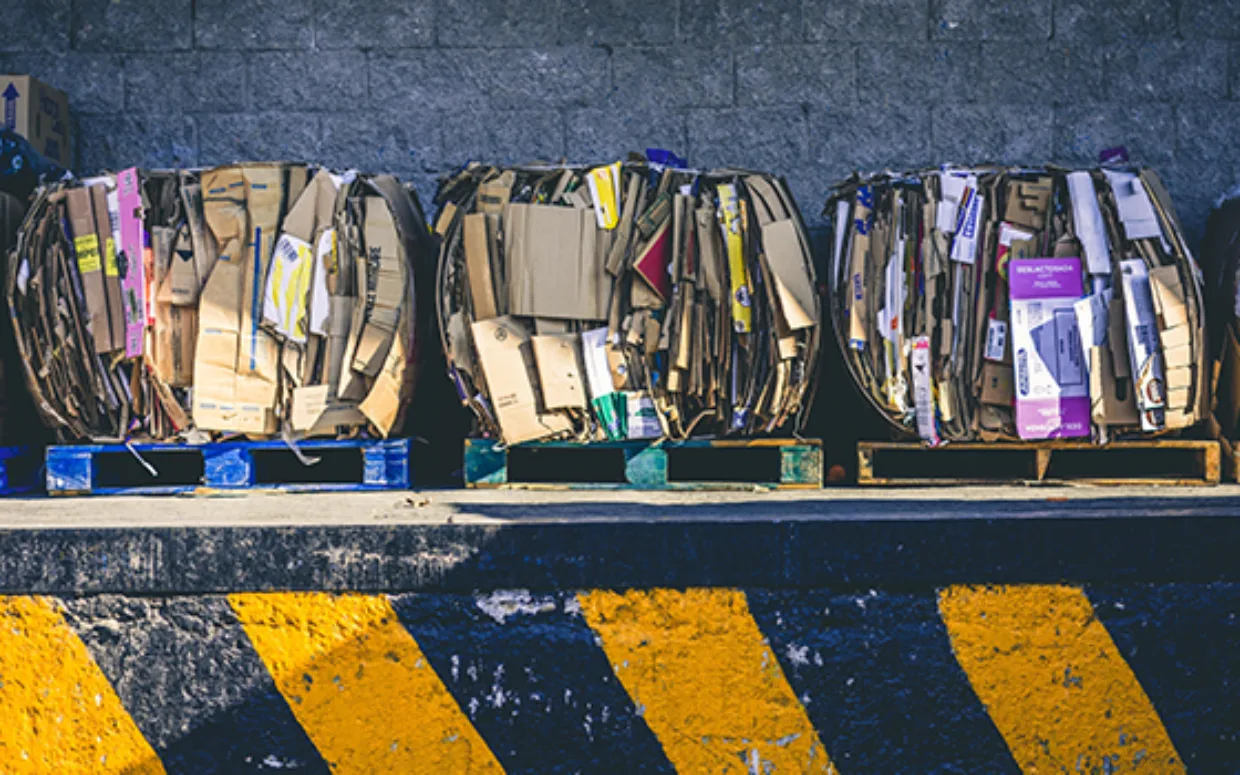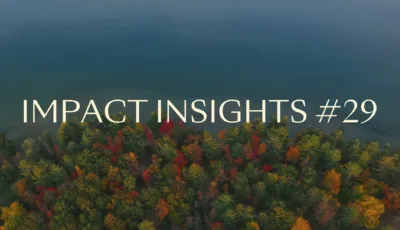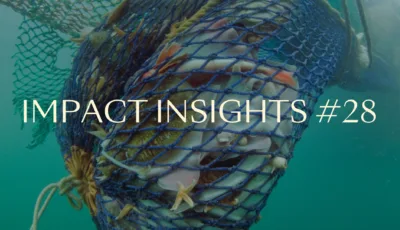Turning waste into resources. Norselab identifies digitized waste as sustainability catalyst.
Norwegian growth fund Norselab enters waste technology and invests a total of 30MNOK into WasteIQ. - If we are to eliminate the world’s giant junkyard, we need to digitize the waste streams.

-Today, it’s expensive for people to get rid of their waste. It’s madness, both from an environmental and financial perspective, says Chief Investment Officer in Norselab, Yngve Tvedt.
WasteIQ maxed out on all of Norselab’s investment criteria when they recently decided to invest 30MNOK in the company.
-WasteIQ has huge potential, both commercially and in terms of environmental impact, says Tvedt.
2 billion tonnes of waste
The Norselab fund was established last year, with profiles like ex-alpinist Aksel Lund Svindal at the helm. Their goal is to invest in sustainable, industry-related technology companies with significant growth potential. The investment in WasteIQ demonstrates what this really means.
-Waste is a huge challenge, both nationally and globally, that needs to be addressed if we want a chance at reaching the sustainability goals. Globally, we generate 2 billion tonnes of waste annually, which can increase by up to 70% by 2050 if we do nothing. To eliminate the world’s junkyard, we first need to digitize the waste streams, claims Tvedt.
Pay-as-you-throw
WasteIQ’s technology makes it possible to collect data about where, when and what type of waste is disposed.
The company has piloted the technology in several locations with promising results. The Bergen region was the first location where WasteIQ’s solution was launched. There, they started digital tracking of all waste and introduced a fee system motivating the city’s residents to make an to sort their waste correctly.
By introducing WasteIQ’s “pay-as-you-throw” solution, Bergen made it cheaper to get rid of sorted waste than residual waste. This led to a 9% reduction in residual waste, while the sorting rate increased considerably. The results have put Bergen on the map when it comes to sustainable waste management, with other municipalities showing a keen interest.
Mall reducing residual waste by 80%
WasteIQ has also proven to be very effective in increasing the sorting rate in malls and office buildings. In a pilot project conducted at a Thon Group shopping mall, some tenants managed to reduce the quantity of residual waste by up to 80 percent.
-People want to do the right thing, we must give them the opportunity to do so, says WasteIQ CEO Tore Totland.
-Users want to know which fractions can be reused, repurposed or recycled. Additionally, we motivate them by rewarding sorting of packaging plastic, cardboard, flower waste, coffee grounds and other valuable waste assets. Our user surveys show that they feel good about making an effort for the environment, he explains.
Aiming for growth
Totland is pleased that WasteIQ now is supported by an investor with expertise within commercialization and growth. Norselab invests in a portfolio of 15-20 companies, where they are actively involved. Several of the fund’s partners are serial entrepreneurs themselves, having experienced first hand what it takes to succeed at international growth. Thus, ambitions are high when Norselab comes onboard.
The most important short term goal is to gear up WasteIQs commercial machinery. Tvedt praises the entrepreneurs for their achievements despite starting up within a publicly owned structure.
-They have without a doubt proven the powerful ripple effects their solution can create. We look forward to helping scale and expand, Tvedt says.
Creates a foundation for circular value chains
According to Tvedt, WasteIQ’s technology build the fundament of brand new, circular value chains.
-We will work along three axes. We will reduce the amount of residual waste, and we will create incentives for better sorting. But we will also structure, classify and collect sorted waste. When we have an overview of type, quality, quantity and location, we can really start talking about waste as a resource. Then we have the opportunity to build large-scale circular value chains, he concludes.


